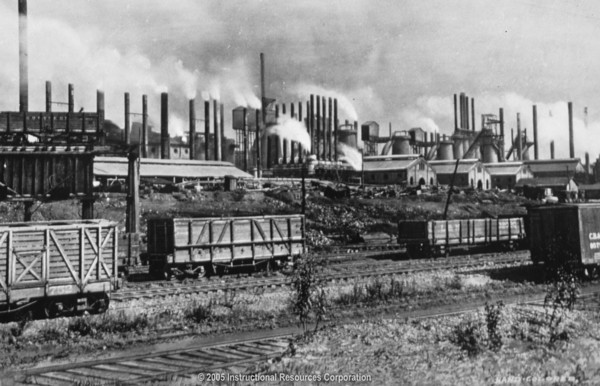Introduction

Central Question: Were big business leaders "captains of industry" or "robber barons"?
The growth of industry during the Gilded AgePeriod of American History from 1870-1900 completely transformed the landscape of the United States. New transportation, communication, and manufacturing systems changed the manner in which Americans lived their daily lives. The discovery of coal, iron, and other minerals fueled the expansion of industry and allowed for the increased production of industrial goods. The leaders of these businesses amassed great wealth and used their influence to control their competition by creating large trustscombination of firms formed by legal agreement or monopoliestotal control of a particular market. The U.S. government largely supported these endeavors and enacted policies that furthur enhanced their growth. Though much progress was made, it occurred at the expense of many poor Americans who would later turn to leaders outside the government for help and support.
Following successful completion of this lesson, students will be able to:
- Trace the growth of industry during the Gilded Age.
- Evaluate the business contributions and controversies surrounding Andrew Carnegie, J.P. Morgan, and John D. Rockefeller.
The above objectives correspond with the Alabama Course of Study: US History 11 Objectives: 1.5.
This lesson incorporates the following Literacy Standards: R2, R6, R7, R9, W8 & W9.
Picture Citations:
TN Coal, Iron and Railroad Company's furnaces. IRC, 2005.Image. Discovery Education. Web. 23 February 2014. <http://www.discoveryeducation.com/>.